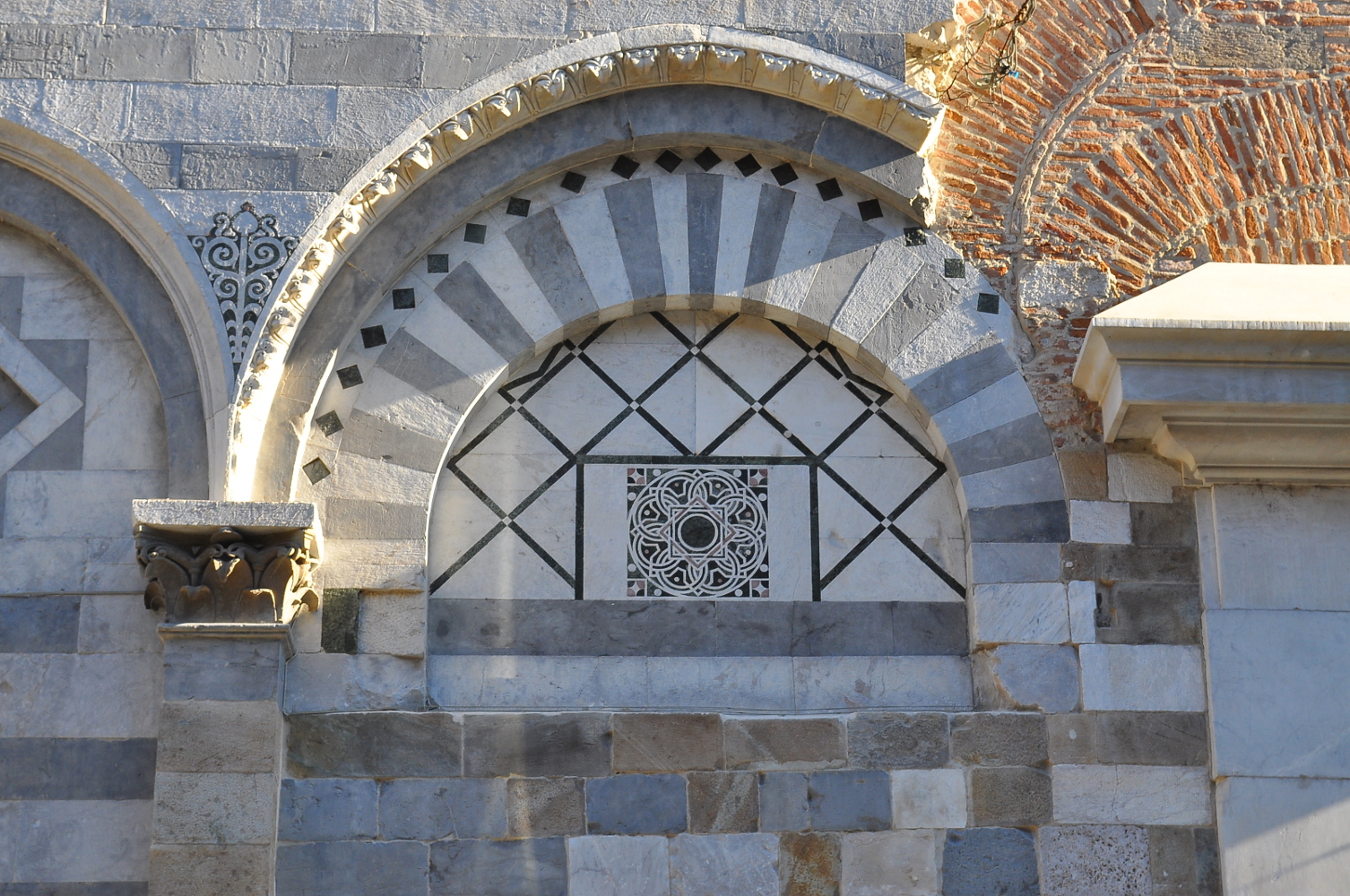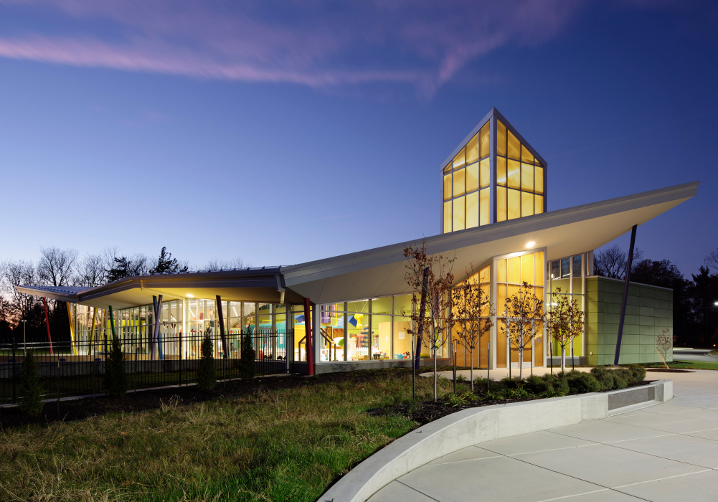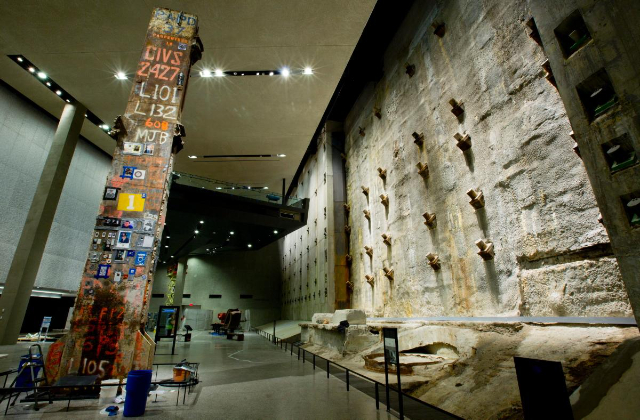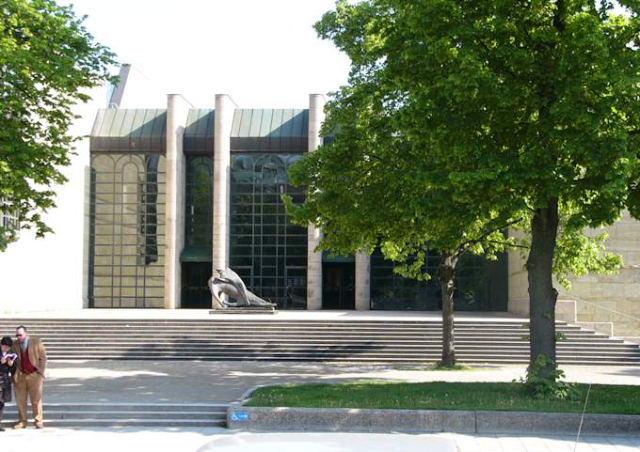ono re-emerged thanks to a recent restoration that has brought the marble of the church of San Nicola in Via Santa Maria in Pisa to its former glory. They are the geometries of the inlay contained in the lunette above the portal, an "explicit reference to the famous series of numbers" of Leonardo Fibonacci (Pisa about 1175 – 1235), the first great mathematician of the Christian West.
Professor Pietro Armienti, professor of petrology and petrography at the University of Pisa, is convinced of this, and recently published his study in the "Journal of Cultural Heritage", which has allowed us to interpret precisely the elegant geometries of the lunette as a reference to the numerical succession identified by Fibonacci.
"For centuries the signs of time had rendered illegible the inlays of the facade of the church, whose construction, which dates back to the thirteenth century, is attributed by many to Nicola Pisano – says Professor Armienti – After the restoration, the message carved in the lunette of the portal has emerged in all its details and has allowed us to demonstrate that the valuable artifact, which involved the joint work of mathematicians, theologians, artisans, celebrates the insights that marked in Pisa the birth of a school of thought capable of transforming the medieval view of the world and make the city the cradle of modern scientific thought ".
As an aid to decoding, we report the analysis of Professor Armienti: "If we assume as unitary the diameter of the smallest circles of the inlay, the largest have double diameter, the next three, while those of diameter five are divided into segments in the squares at the vertices of the square in which the main circle is inscribed: the central one has a diameter of 13, while the circle that circumscribes the squares in the corners has a diameter of eight. The other elements of the inlay, arranged according to circular traces, identify circumferences of radius 21 and 34; finally, the circle that circumscribes the inlay has a diameter 55 times larger than the smaller circle. In short: 1, 2, 3, 5, 8, 13, 21, 34, 55, which are the first nine elements of the Fibonacci sequence".













